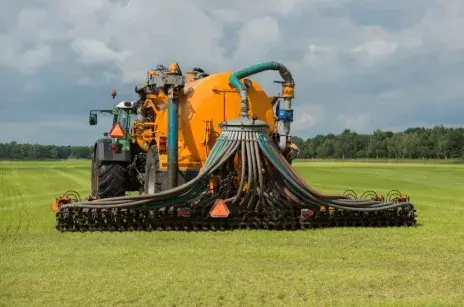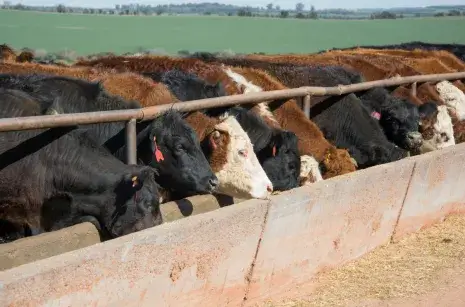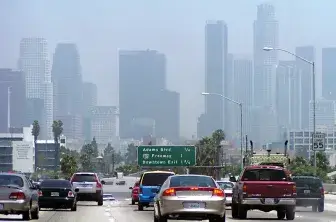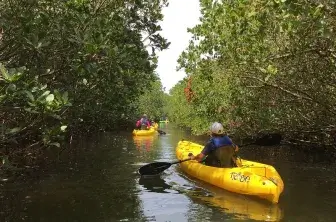Strategy 4: Deploy Strategic Mitigation
Limit Agricultural Emissions

Agriculture is both a major contributor to climate change and at risk from climate change. Lowering agricultural emissions is hard because farms vary widely across the country. Companies and the government must provide training to teach farmers more sustainable methods and funding to make new technology less financially risky. More research is needed in this area, which the government can support.
More recommendations
Agriculture is responsible for approximately 25 percent of climate-warming pollution through livestock emissions, forest clearing and land degradation, overfertilization, and fossil fuel use in agricultural production.[i] Achieving mitigation targets will require changes throughout the agricultural sector. The best options for solutions will vary by location, climate, crop or commodity, site history, and available management technologies. Those that can increase resilience and support continued progress on yields are likely to have bipartisan support and show the greatest political feasibility.[ii]
Support federal programs that offer training and education in technologies for emissions reduction and carbon sequestration.
Governments and the private sector should provide the technical and financial assistance required to ensure widespread access to emissions-reduction and carbon-sequestration knowledge and tools by all agricultural producers, regardless of income or geography. For example, the omnibus Farm Bill could include expansions of programs such as the Conservation Innovation Grants, which provide funding to develop and demonstrate cutting-edge conservation and emissions-reduction technologies.[iii] Similarly, the Environmental Quality Incentives Program provides technical assistance to farmers and ranchers to implement conservation practices on their lands.[iv] The focus on market-based solutions and the support for rural communities make both of these programs popular across the political spectrum.
Increase funding for programs focused on researching and implementing emissions reductions and carbon sequestration.
Climate change is also directly impacting farmers, reducing agricultural productivity and worsening droughts. Given the substantial financial risk for farmers in adopting innovative technology, farmers need the expansion of programs such as the Conservation Stewardship Program that incentivize emissions reductions, soil carbon sequestration, or improved conservation on their land.[v] These expansions should emphasize support for small farms and farms located in communities on the front line of climate change, which have historically been less able to access stewardship funding. As more research is needed to measure soil health and quantify carbon sequestration, the U.S. Department of Agriculture (USDA) should partner with land-grant universities to develop reliable measuring tools.
[i] U.S. Environmental Protection Agency, “Sources of Greenhouse Gas Emissions,” last updated April 28, 2023, https://www.epa.gov/ghgemissions/sources-greenhouse-gas-emissions#agriculture.
[ii] Maria Kalaitzandonakes, Brenna Ellison, and Jonathan Coppess, “Promoting Sustainable Agricultural Production in the Next Farm Bill: Is There Any Common Ground?” farmdoc daily 13 (44) (2023), https://farmdocdaily.illinois.edu/2023/03/promoting-sustainable-agricultural-production-in-the-next-farm-bill-is-there-any-common-ground.html.
[iii] U.S. Department of Agriculture, “Natural Resources Conservation Service Conservation Innovation Grants,” https://cig.sc.egov.usda.gov/?utm_source=nrcs-cig&utm_medium=site&utm_campaign=obv-redirect (accessed June 12, 2023)
[iv] Natural Resources Conservation Service, “Environmental Quality Incentives Program” (Washington, D.C.: Natural Resources Conservation Service, U.S. Department of Agriculture, 2019), https://www.nrcs.usda.gov/sites/default/files/2022-10/EQIP-fact-sheet.pdf.
[v] Natural Resources Conservation Service, “Conservation Stewardship Program: Is CSP Right for Me?” (Washington, D.C.: Natural Resources Conservation Service, United States Department of Agriculture, 2021), https://www.nrcs.usda.gov/sites/default/files/2022-10/Is%20CSP%20right%20for%20me.pdf.




